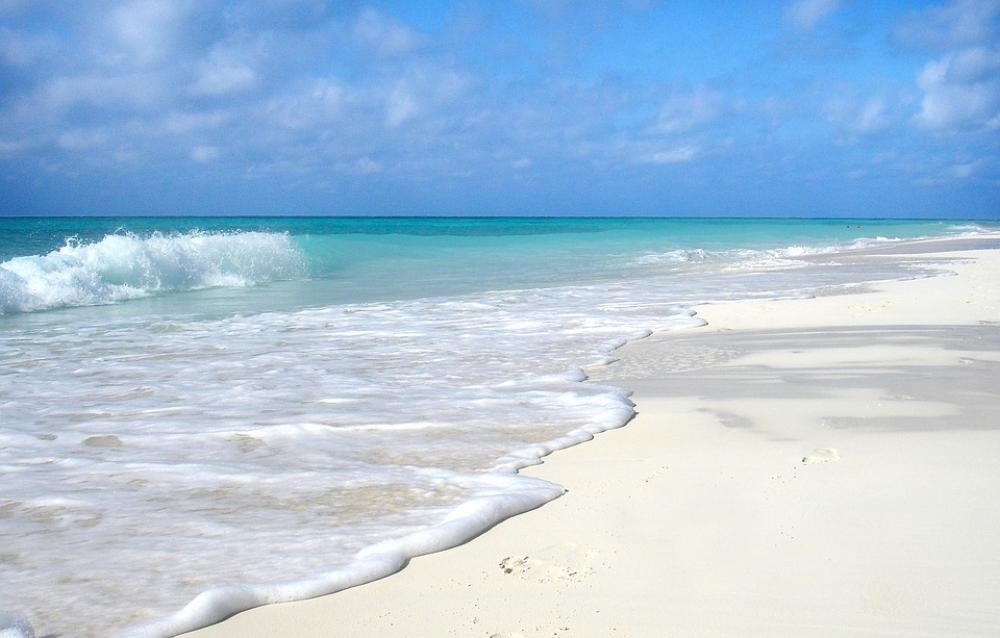Just Earth News | @justearthnews | 29 May 2019, 06:50 am Print

Havana (Xinhua/UNI) Sea level rise in Cuba by 2050 and 2100 will be higher than forecasted a decade ago, especially in low-lying coastal areas and wetlands, experts warned Tuesday.
Sea level would rise by around 29.3 cm by 2050 and 95 cm by 2100 when the previous calculations placed the rise at 27 cm and 85 cm, respectively, according to a research published in the state-run newspaper Granma.
These increases would exacerbate storm surges' effects caused by hurricanes, such as the flooding of human settlements and arable land, said Rafael Perez Parrado, a researcher from Cuba's Marine Meteorology Center.
A storm surge is a coastal flood or tsunami-like phenomenon which occurs when hurricanes or tropical storms push the water level above the high tide, flooding coastal communities.
Perez said that the new figures were obtained after the launch of an improved version of a software that reformulated the estimates.
According to the research, the main threats for Cuba are the increase in the air temperature, larger droughts, the rise of the average sea level, and the intensification of extreme weather events.
Other risks associated are the loss of territories, the reduction of water resources, changes in the balance of the ecosystem, and the fragmentation and extinction of unique environmental systems.
To mitigate the effects of climate change, the Cuban government has implemented the so-called "Life Task" project, which includes reducing the population settlements in coastal areas, diversifying and adapting crops, preserving sandy beaches and ensuring the availability and efficient use of water.
- Catastrophe alert: UN warns Asia is facing unprecedented cyclones and rainfall
- Catastrophe alert: UN warns Asia is facing unprecedented cyclones and rainfall
- India’s West Coast Turns Protector: Whale Shark Rescues Surge from Gujarat to Kerala
- Belém COP30 announces major climate finance boost
- Three dead after magnitude 5.7 earthquake hits Bangladesh, strong tremors felt in Kolkata



-1763561110.jpg)


